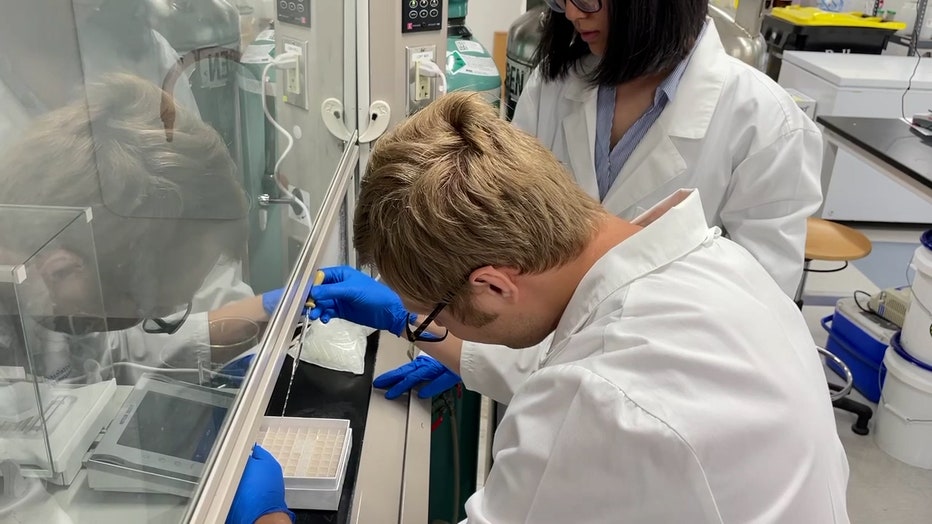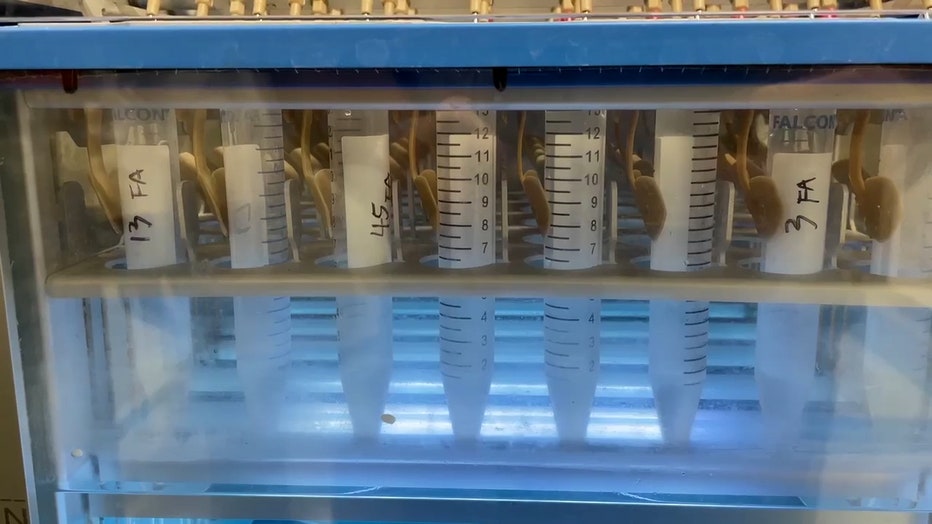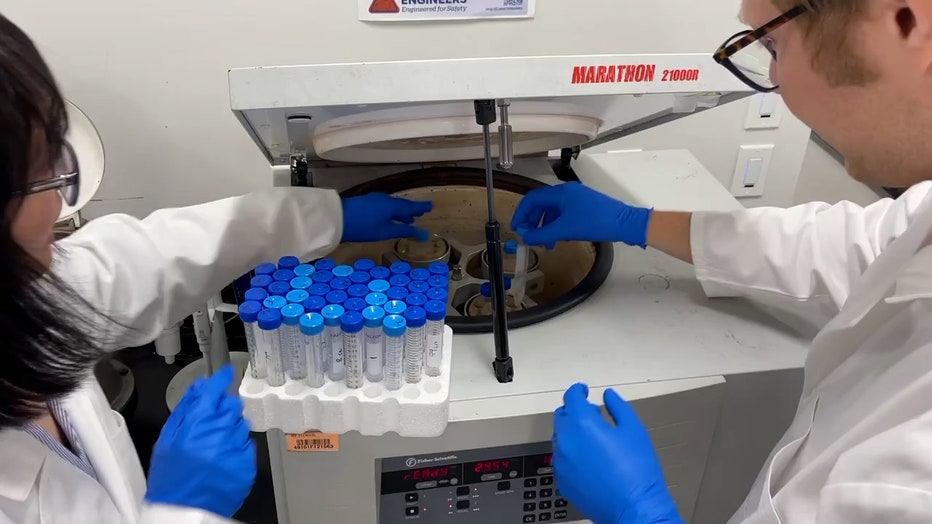Evidence of PFAS, ‘forever chemicals,’ found in toilet paper, study says
What are PFAS, the concerning 'forever chemicals?'
PFAS are increasingly being found unnaturally in water sources, food, and animals.
A recent study has found evidence of "forever chemicals," also known as PFAS, in one of our everyday necessities – toilet paper.
Simply put, PFAS (per- and polyfluoroalkyl substances) are man-made chemicals which have been used to make common and convenient household items such as nonstick cookware, water-repellent clothing, stain resistant fabrics and carpets.
They’re also used in other products such as some cosmetics, some firefighting foams, and products that resist grease, water, and oil.
And now, researchers at the University of Florida have found several types of PFAS in toilet paper.
RELATED: 'All-natural' Simply Tropical juice has high levels of toxic 'forever chemicals,' lawsuit alleges
Why toilet paper?
According to Jake Thompson, a graduate student at the University of Florida and lead author in this study, the reason behind testing toilet paper for forever chemicals was because some of these chemicals were also found in paper.
In a previous study which observed PFAS in biosolids, one of the major chemicals found in wastewater residuals was 6:2 diPAP – a part of the group of PFAS.
"We explored where this chemical is commonly used and one such product is paper. Hence the look at toilet paper," Thompson told FOX TV Stations.
After finding evidence of PFAS in wastewater, Thompson said he and his colleagues wanted to determine how much – if any – PFAS were being released into our water supply through water waste such as toilet paper.
How many PFAS were found?

FILE - PFAS testing in toilet paper samples. (Jake Thompson)
Thompson and his fellow researchers either purchased or were given unused, donated toilet paper to conduct this study.
The study looked into 21 different types of toilet paper brands, but kept brand names anonymous.
The toilet paper samples were then mixed with a solvent that basically dissolves the PFAS which are then run through specialized instruments to extract and identify the different types of chemicals.
The volume of PFAS found in the toilet paper samples amounted to about a pinch of salt in a year’s worth of toilet paper, according to Thompson.
"This might not sound like much, but the health advisory limits for some PFAS are in the part per trillion which is the equivalent of a drop of water in an Olympic size swimming pool," he said.
There are few guidelines indicating what a harmful amount of PFAS is when it comes to human health, according to the U.S. Environmental Protection Agency (EPA).
"However, research is still ongoing to determine how different levels of exposure to different PFAS can lead to a variety of health effects," the EPA website says.
What types of PFAS were found?

FILE - Toilet paper samples. (Jake Thompson)
There were six different types of PFAS identified in the toilet paper samples, according to Thompson.
There was one type of forever chemical, however, that was found across all samples and that was 6:2 diPAP.
"This compound has been identified in cosmetics, food contact containers, and biosolids," Thompson said.
RELATED: Toxic 'forever chemicals' detected in half of US makeup, study finds

FILE - Researchers testing out toilet paper samples for PFAS. (Jake Thompson)
What are the health concerns?
While this particular study did not look into the health impacts of PFAS in toilet paper, there have been a number of studies done that point to several possible health impacts that PFAS can have on humans, according to Thompson.
PFAS have chemical compounds that have been linked to low birthweight, kidney cancer, increased cholesterol levels and a slew of other health issues.
But further studies need to be done, according to the U.S. Centers for Disease Control and Prevention.
RELATED: NIH: Exposure to ‘forever chemicals’ found in food packaging can lead to premature births
What’s next?
Thompson said further research is needed to explore the possible sources of PFAS in our water systems.
"It is important to identify sources of PFAS so decision makers can make informed choices on how to limit their environmental release," he said.
The EPA last week proposed the first federal limits on harmful forever chemicals in drinking water, a long-awaited protection the agency said will save thousands of lives and prevent serious illnesses.
The plan would limit toxic PFAS chemicals to the lowest level that tests can detect.
It would also set strict limits of 4 parts per trillion, the lowest level that can be reliably measured, for two common types of PFAS compounds called PFOA and PFOS. In addition, the EPA wants to regulate the combined amount of four other types of PFAS. Water providers will have to monitor for PFAS.
The agency said its proposal will protect everyone, including vulnerable communities, and reduce illness on a massive scale. The EPA wants water providers to do testing, notify the public when PFAS are found and remove the compounds when levels are too high.
The Associated Press contributed to this report. This story was reported from Los Angeles.

